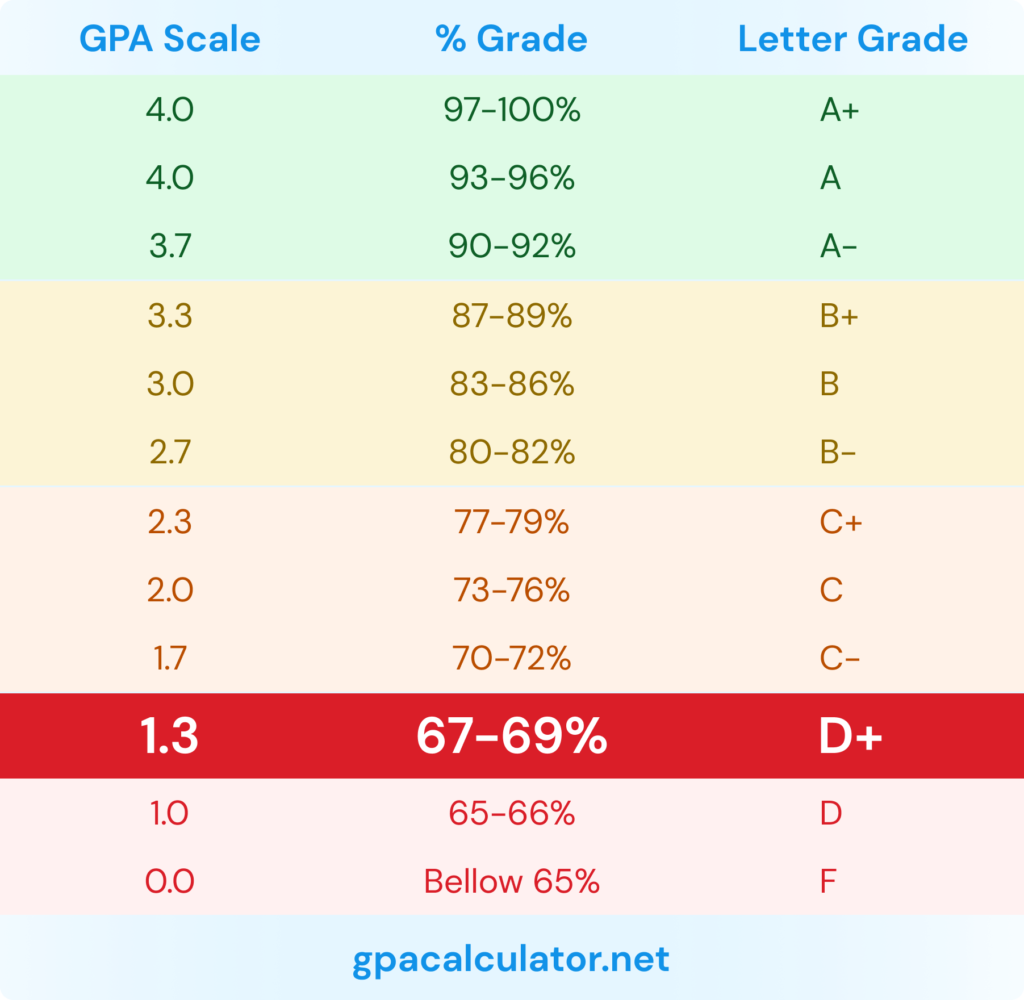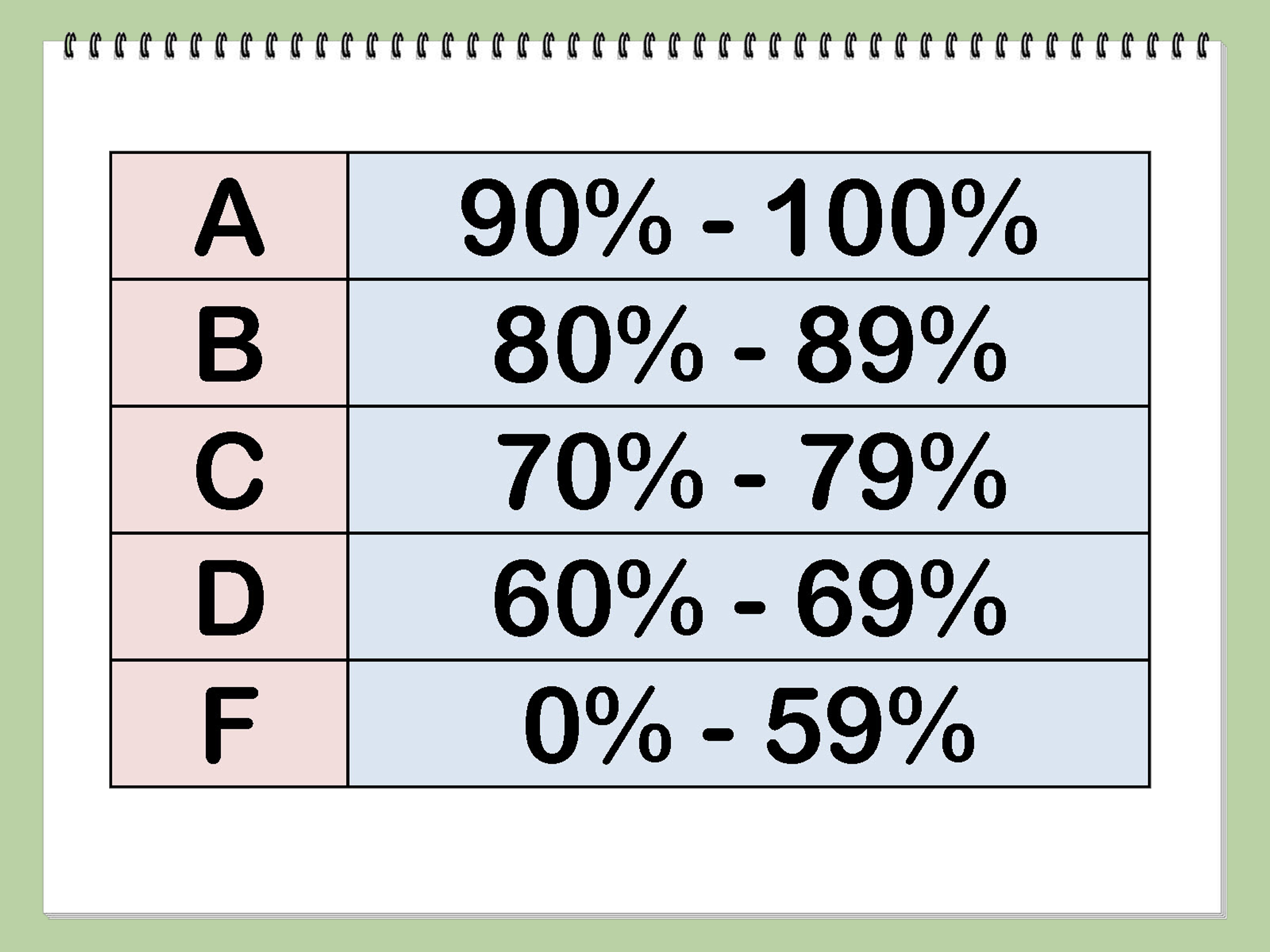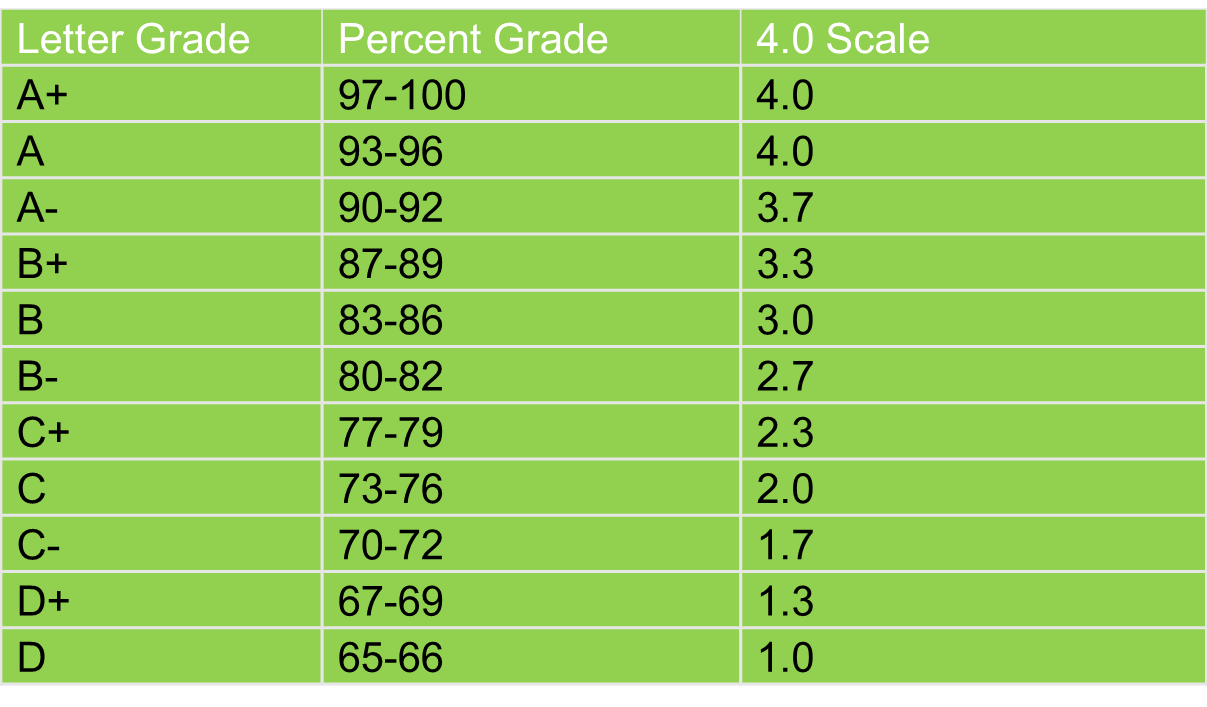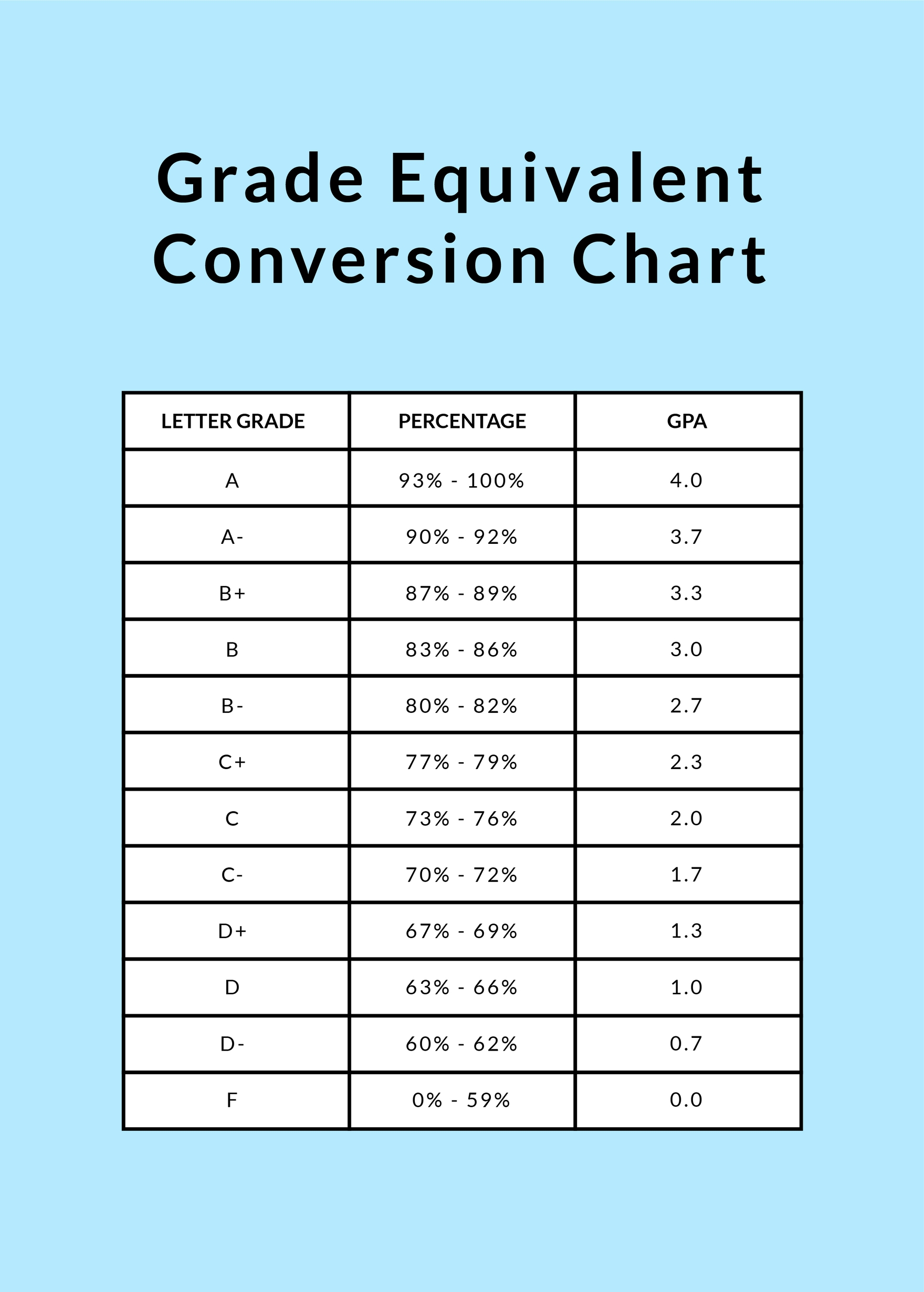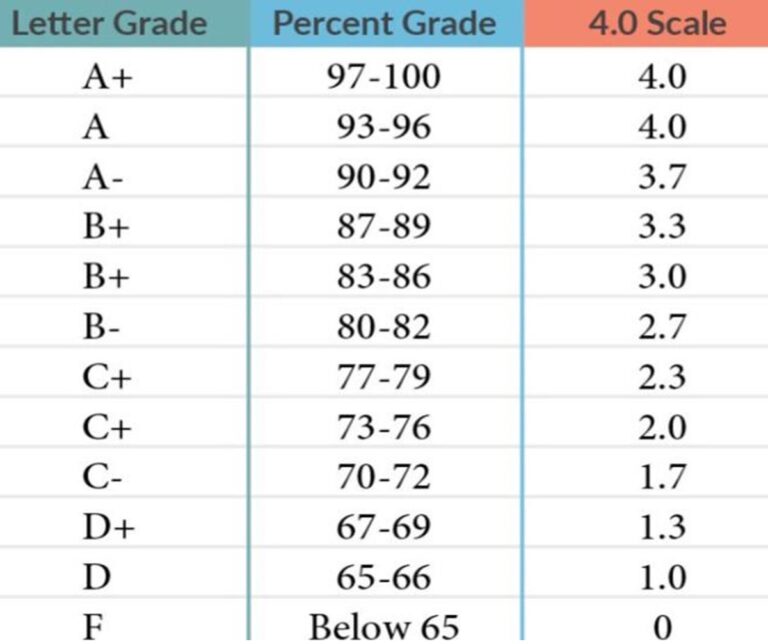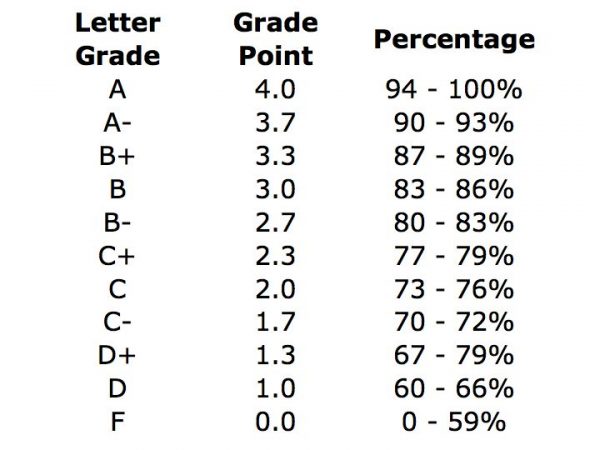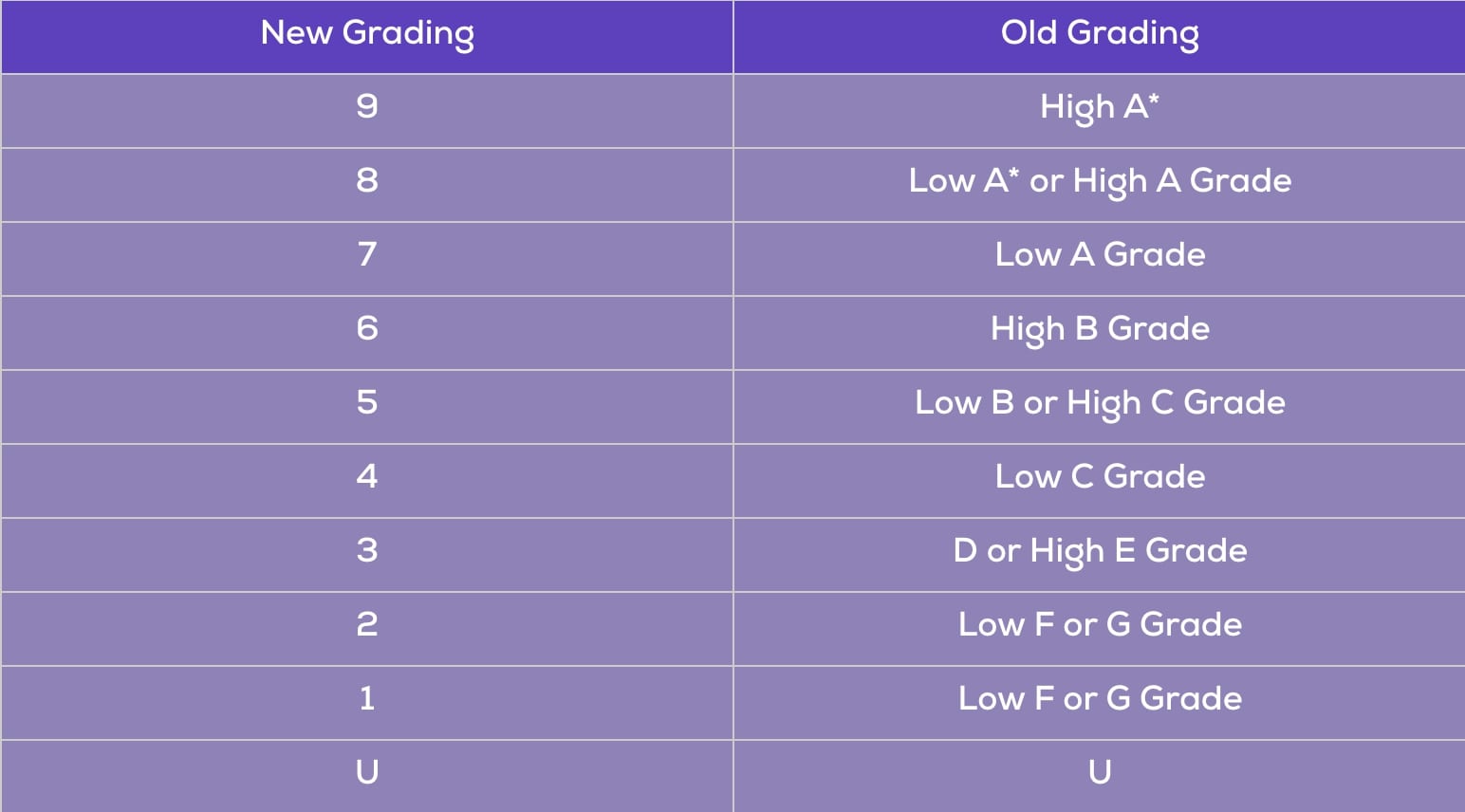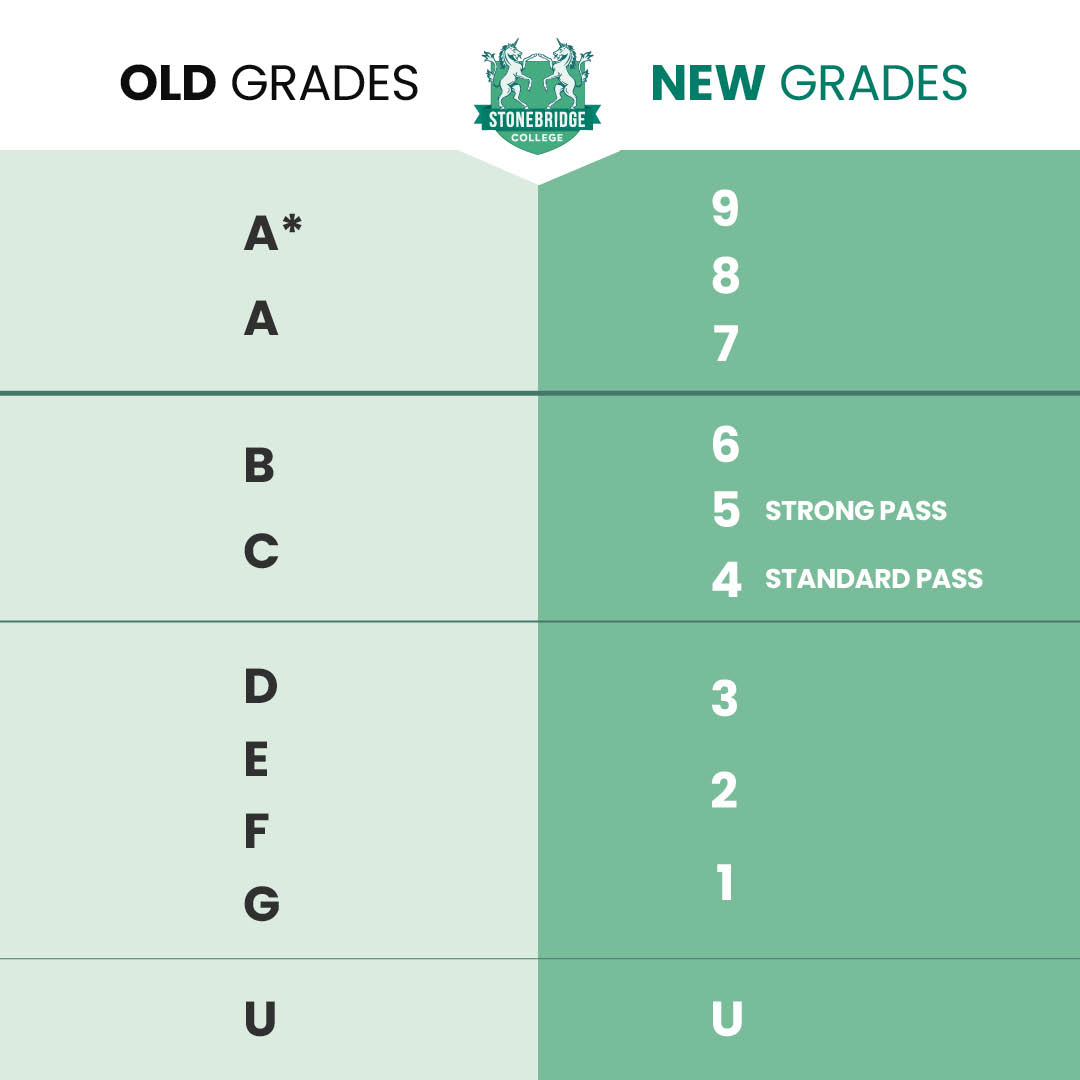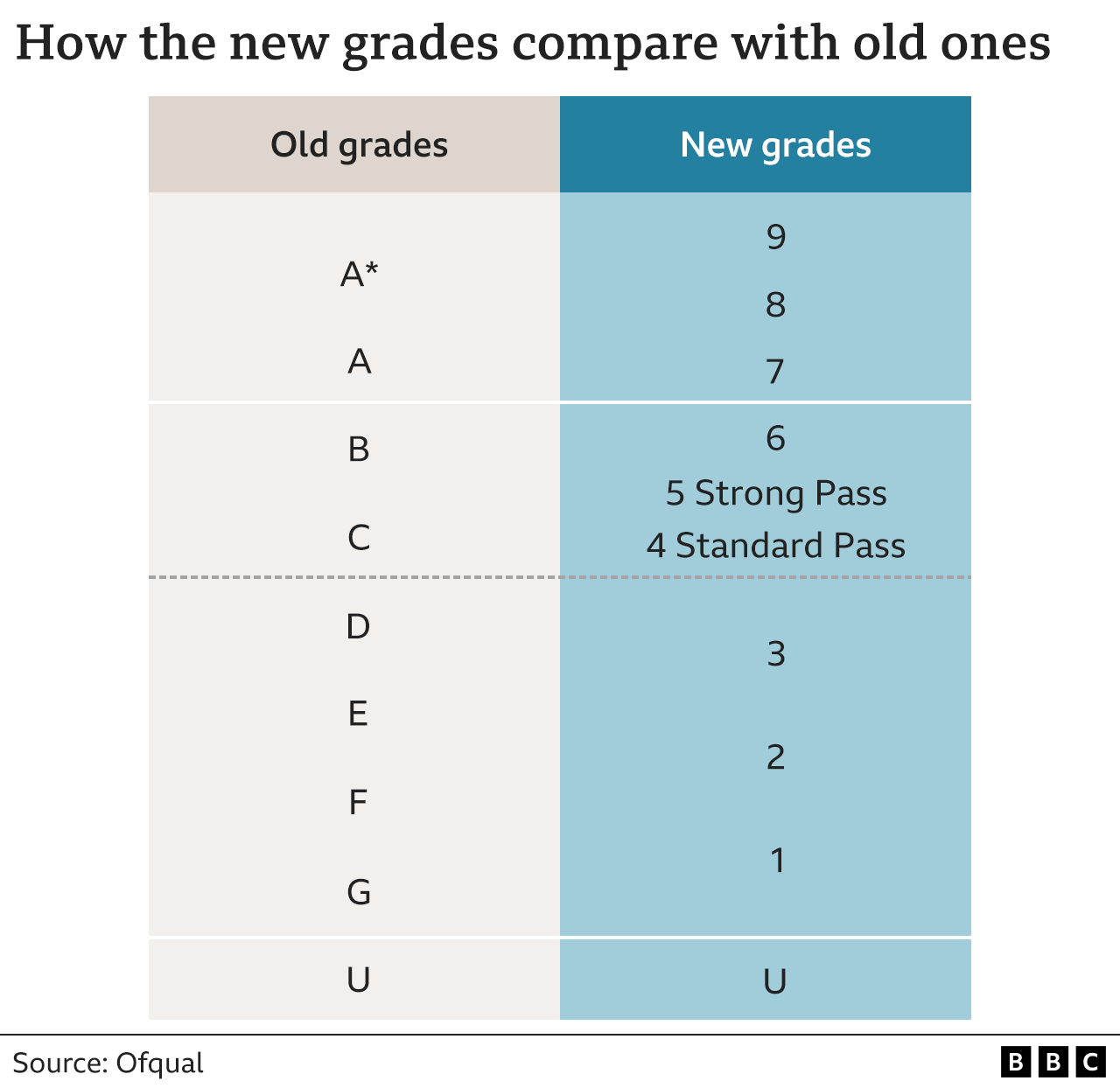What Grade Is 10 Out Of 14

The seemingly simple question of converting a score of 10 out of 14 into a standard letter grade has ignited a quiet storm of debate across educational platforms. This seemingly straightforward calculation reveals deeper complexities within grading systems and their impact on student assessment.
At the heart of the matter is the challenge of translating a percentage – in this case, approximately 71.4% – into a grade that accurately reflects a student's understanding and performance. Different institutions and even individual instructors may employ varying grading scales, leading to significant discrepancies in how this score is interpreted. This article will delve into the diverse interpretations of a 10/14 score, examining the grading scales commonly used in educational settings, and exploring the implications for students and educators alike. We will also consider expert perspectives on the limitations of grading systems and the ongoing search for more holistic and equitable assessment methods.
Understanding the Percentage
Calculating the percentage is the first step. Dividing 10 by 14 yields approximately 0.714, which, when multiplied by 100, gives us 71.4%.
This percentage is the starting point, but its translation into a letter grade depends entirely on the grading scale employed.
The Standard Grading Scale: A "C" or a "B"?
Many institutions utilize a standard grading scale, although variations exist. A common scale assigns letter grades as follows:
- 90-100%: A
- 80-89%: B
- 70-79%: C
- 60-69%: D
- Below 60%: F
According to this scale, 71.4% would typically translate to a C. However, some institutions or instructors might use a slightly different scale, potentially pushing the grade into the B range, particularly if a "+" or "-" modifier is applied.
Variations in Grading Scales
The key is that no single grading scale is universally applied. Some schools might implement a more stringent scale, while others might be more lenient.
For example, a "high C" range might be redefined to a "B-" by some instructors.
The Impact of Institutional Policies
Institutional policies often dictate the grading framework within which instructors operate. Some universities have mandated grading distributions, requiring a certain percentage of students to receive specific grades.
These policies can influence how a 10/14 score is ultimately assessed and reported.
Furthermore, the specific course level (e.g., introductory vs. advanced) can also play a role.
The Subjectivity Factor: Instructor Discretion
Even within a standardized grading framework, instructors often retain a degree of discretion. They might consider factors beyond raw scores, such as class participation, effort, and improvement over time.
"Grading is never an entirely objective process," notes Dr. Emily Carter, a professor of education at State University. "An instructor's perception of a student's overall engagement can subtly influence the final grade, even if the numerical score falls within a specific range."
This means that two students with the same 10/14 score could potentially receive different grades based on these subjective factors.
Beyond Letter Grades: Alternative Assessment Methods
The debate over grading systems has prompted exploration of alternative assessment methods. Portfolio-based assessment, for example, allows students to demonstrate their learning through a collection of work showcasing their skills and progress over time.
Competency-based education focuses on demonstrating mastery of specific skills and knowledge, rather than assigning letter grades based on a fixed curriculum.
"The traditional grading system often fails to capture the nuances of student learning," argues Dr. David Lee, an expert in educational assessment. "Alternative methods offer a more holistic and personalized approach to evaluating student progress."
Expert Perspectives: The Limitations of Grading
Many education experts caution against placing too much emphasis on grades alone. Grades can be influenced by factors unrelated to academic performance, such as test anxiety, cultural background, and socioeconomic status.
"Grades are a snapshot in time, not a comprehensive reflection of a student's potential," emphasizes Dr. Maria Rodriguez, a leading researcher in educational equity.
Moreover, the focus on grades can sometimes detract from the intrinsic motivation to learn.
Conclusion: A Multifaceted Answer
Determining the letter grade equivalent of 10 out of 14 is not a straightforward calculation. While a 71.4% typically aligns with a C on a standard grading scale, variations in institutional policies, instructor discretion, and alternative assessment methods can all influence the final outcome.
The ongoing debate about grading highlights the need for a more nuanced and equitable approach to evaluating student learning, moving beyond a sole reliance on letter grades to embrace a more holistic and comprehensive assessment system.
Moving forward, fostering open discussions between students, educators, and policymakers is crucial to develop grading practices that are both fair and reflective of the diverse learning experiences of all students.
